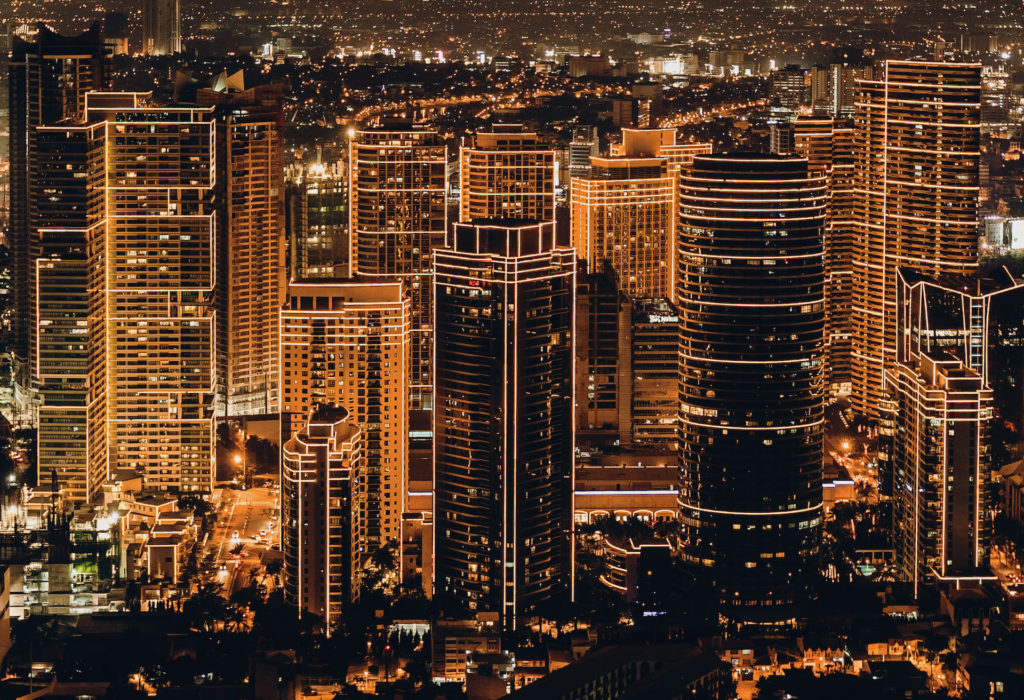Computer vision on the next gen smart cities
A smart city is often described as a modern urban location that uses digital tools to automate systems and collect data to efficiently manage assets, resources and services to improve life for its inhabitants. The end result? A city that operates more efficiently with fewer resources, increased levels of safety, reduced emissions and improved infrastructure.
Yet, while New York, London, Tokyo, and Singapore have been leading the way in smart city design, many smaller towns and rural villages are now following suit, gearing up to undergo their own digital transformations to make themselves more sustainable and safer with fewer resources. Building “smarter cities” requires providing ubiquitous internet access, making data accessible while protecting the right to privacy, and empowering more inclusive digital societies.
Computer Vision: Automating the Visual World
A key technology driver to smart cities is computer vision, one of the most developed fields in artificial intelligence (AI). Computer vision helps cities better understand the visual world and automatically extract information from images and videos. It has many application in managing a city, from helping to maintain infrastructure, such as bridges, tunnels and highways, to the controversial topic of powering facial recognition surveillance systems. When used responsibly, computer vision can have a significant positive social impact by providing visibility into whatever it is you need to more closely observe.
Safeguarding Infrastructure
As examples of computer vision in action, consider the following. Poor infrastructure maintenance can lead to failed services and dangerous accidents, computer vision can automate the inspection of bridges, identifying where there may be cracks or eroding steel, for example. Thanks to computer vision, cities also can identify how many vehicles cross that bridge in a given period, to support the prioritization of the project. Whether in infrastructure, public transportation or other areas, an investment in automated inspections can create safer cities, as well as free up limited human resources to focus on proactive maintenance that is critical for a sustainable future.
Protecting Natural Resources
Protecting natural resources is just as important as protecting physical infrastructure. Artificial Intelligence has played a significant role in fighting deforestation, monitoring air and water quality, and promoting organic agriculture. Specialized robots powered by computer vision models are driving smarter farming by spraying pesticides directly on weeds, monitoring soil conditions, and sorting and grading products. Similar small-scale solutions can help create sustainable urban faming.
Empowering Smart Urban Planning
Geospatial intelligence has also advanced significantly in the last few years. Smart cities can automatically scan large amounts of satellite images to analyze foot and vehicle traffic as well as detect and predict coastal changes. Urban planners can quickly identify potential areas and calculate the square footage needed and efficiency gains to install solar panels, green roofs, and blue roofs. As the number of satellites continues to grow and their data becomes more accessible, up-and-coming towns and villages will be able to do smarter planning, keeping pace with their already developed counterparts.
Addressing Natural Disasters
In addition to helping protect the environment and enabling more insightful development and planning, computer vision and other forms of smart technology can help speed up response times to natural disasters like earthquakes or hurricanes. At a macro level, by analyzing satellite imagery with the aid of AI models, emergency responders and government can quickly identify damaged structures. At a micro
level, with the help of drones, emergency responders can search damaged or at-risk structures and identify humans that may be trapped and in need of help. Access to the right technology in emergency situations can help save lives but it requires preparedness and planning.
Creating a Safer Living Environment
Today, we have hardware and software with very sophisticated capabilities to analyze mass amounts of video footage to detect weapons and dangerous situations. Surveillance, however is a double edged sword, it can be used to keep individuals safe, or to control with more sinister ends. Creating policies and regulations to meaningfully protect privacy in the digital era is essential to prevent the ill-fated
consequences of giving control of personal information to governments and tech giants. When implemented to protect both security interests and citizen privacy rights, technology will have a profound effect in combatting crime in our communities.
The Next Chapter: Making Smart Cities More Inclusive
The Covid-19 pandemic accelerated the implementation of many remote services including telehealth, online education and digital government services. These are all becoming mainstream in our digital societies but there is a lot of work to be done to make these services inclusive to vulnerable populations at a global level.
Enabling inclusive digital societies requires government -supported programs to enable wider access to broadband internet and digital devices as well as educational programs to bridge the digital divide between generations. All around the world, governments looking for global competitiveness are investing in these foundational areas.
As each community addresses their particular challenges, we will see the emergence of very diverse smart cities. While New Yorkers may prioritize traffic optimization and flood monitoring, small European villages may find more value in creating innovative e-health and robotics solutions.
Here in Puerto Rico, we have looked to AI-driven innovation to solve large scale environmental challenges, like preventing Zika outbreaks, recovering from the aftermath of hurricane Maria, and fighting the global pandemic. Rebuilding its energy infrastructure is now one of the highest priorities for Puerto Rico’s government and citizens.
Smart cities are leveraging smart technology to make great inroads in solving human challenges, promoting the well-being of citizens and creating connected and inclusive communities. No longer are they confined to major cities, but digital societies are springing up in villages, towns and smaller cities everywhere, enabling more inclusive societies, as technology becomes more democratized, accessible and inclusive itself.
-Carmen Lamotte, Wovenware

Learn more about our Intelligent Cities project, where we help cities comprehend and utilize the potential of new & emerging technologies that can help them enhance the quality of life of its residents, and our Intelligent Countries project, where we collaborates with governments, policy groups, think tanks, and nonprofits to assist in developing AI policy frameworks for regional, national, and international governmental agencies.







